Impact of Tariffs on New Studios
Summary
To get straight to the point: for every 33% increase in tariffs, TLS only faces an additional ~$700 in costs per machine or ~$7k per studio.
If that seems lower than you thought, I will walk you through the steps we've taken to insulate TLS from that. Something our competitors have not done.
On Tuesday, April 15th, we will release Part III of our Product Roadmap that focuses on Equipment as a major pillar we have focused on. Spoiler alert: TLS is no longer relying on 3rd parties for equipment; we are sourcing directly from the factory.
How do tariffs impact the industry?
Major Factors to keep in mind:
The industry relies on two key suppliers: 1) Lagree (sourced in Vietnam) and 2) xFormer (sourced in China).
Suppliers typically pass on cost increases to studio owners (inflation).
From a timing standpoint, Tariffs are applied at the port, not in transit.
Tariffs are based on the value of physical goods, not services.
Product price increases are proportional to their margins, creating a margin multiplier effect that expands costs further to studio owners.
Costs are the major item everyone is worried about, so let's look at how this breaks out in a series of 5 charts. If you are not a numbers person, just click away now.
5 Charts: Let's break it all down
Chart 1: Retail Price Comparison
To run these scenarios, it is important to keep as many variables stable so we can analyze the variable we care about.
In the first chart, let's look at the prices that equipment suppliers are charging in the industry - this is public information. Spoiler alert: In next week's update we will show how TLS is able to bypass suppliers and get the factory direct price of $3,200, saving significant costs.
Chart 2: Margin Comparison
In chart #2, we analyze the margin differences between the three companies while keeping machine costs the same. Keep in mind these are our best estimates based on all the conversations we have had.
Note: Overhead is the shipping/storing and is not subject to tariffs. xFormer has slightly higher overhead because they install themselves, Lagree makes you do it yourself.
Lagree has significantly large margins because they bake in a ridiculous Licensee Fee into it. TLS has a 0% margin because we aren't selling it - we buy at cost. This will have a large impact on Chart 4.
Chart 3: Impact of a 50% Tariff
What happens if there is a 50% tariff and the machine supplier absorbs all of the costs to keep prices stable?
The answer is the group with the largest margins suffer the least. Lagree is in the best position to absorb costs because their margin was so large to begin with. For TLS, we get hit with all the cost increases and experience a 34% cost increase.
**Note: The tariff only impacts the physical cost of the machine, not the shipping/overhead costs (see Key Point #4 above).
Chart 4: Margin Multiplier Effect
What happens if the supplier keeps their margins stable and passes through all the costs to the studio owners? This is where you see a margin multiplier effect to the price (see Key Point #4 at the top). Prices increase GREATER than the costs.
Bottom line: in this scenario, all the Lagree studio owners are severely compromised. TLS has a nominal impact because we had no markup to begin with.
TLS wins big here if suppliers pass through costs.
Chart 5: Different Ranges of Tariffs
For TLS, a 33% tariff only adds ~$7k to a new studio opening. This is due to the fact that 1) we lowered our cost base and 2) we avoid the margin multiplier effect by sourcing direct.
The rest of the industry who buys from these 3rd party suppliers will be facing MASSIVE cost increases.
From a timing standpoint, there is not enough time to find a new factory - that takes years to re-tool new machines and test them for quality assurance. They're stuck with this.
Conclusion: Bringing it Home
Bottom Line
Let's hope reasonable minds prevail and tariffs start to subside, but in the event they don't, TLS is perhaps the best positioned within the industry. All because we rolled up our sleeves and found solutions to major problems in the industry that our competitors don't have.
While the tariff increases pose a challenge, our lean cost structure and strategic supplier relationships position us to navigate this landscape more effectively than many of our competitors. We’re actively monitoring the situation and exploring mitigation strategies to protect our margins and ensure continued growth.
I’ll keep you updated as we learn more.





